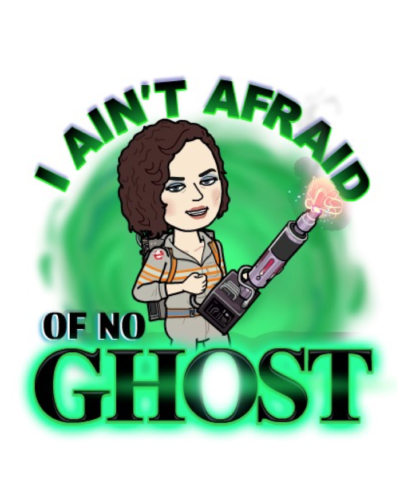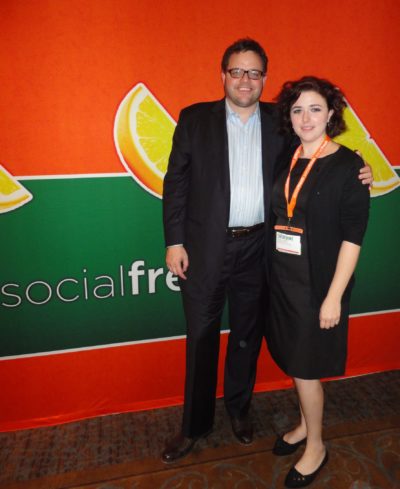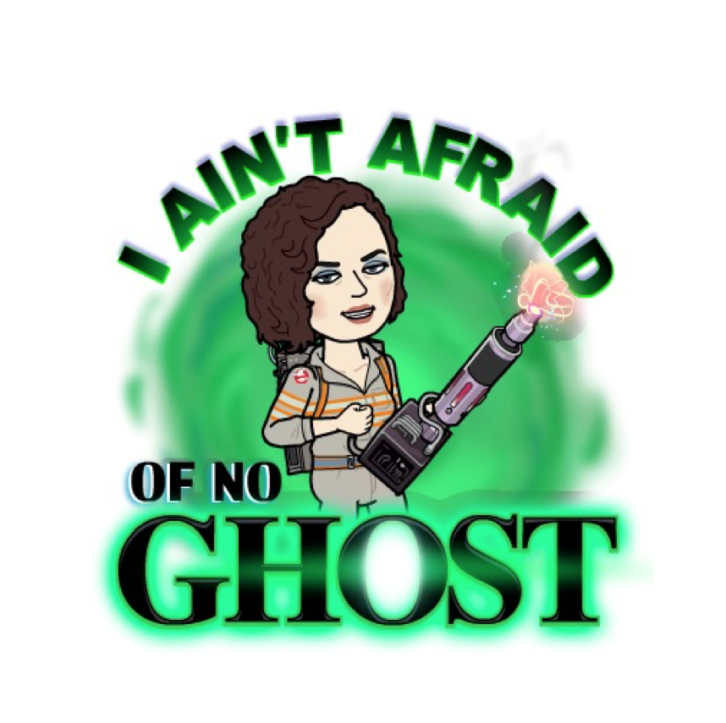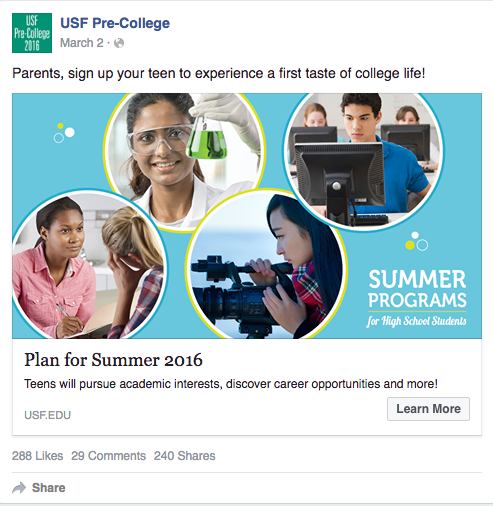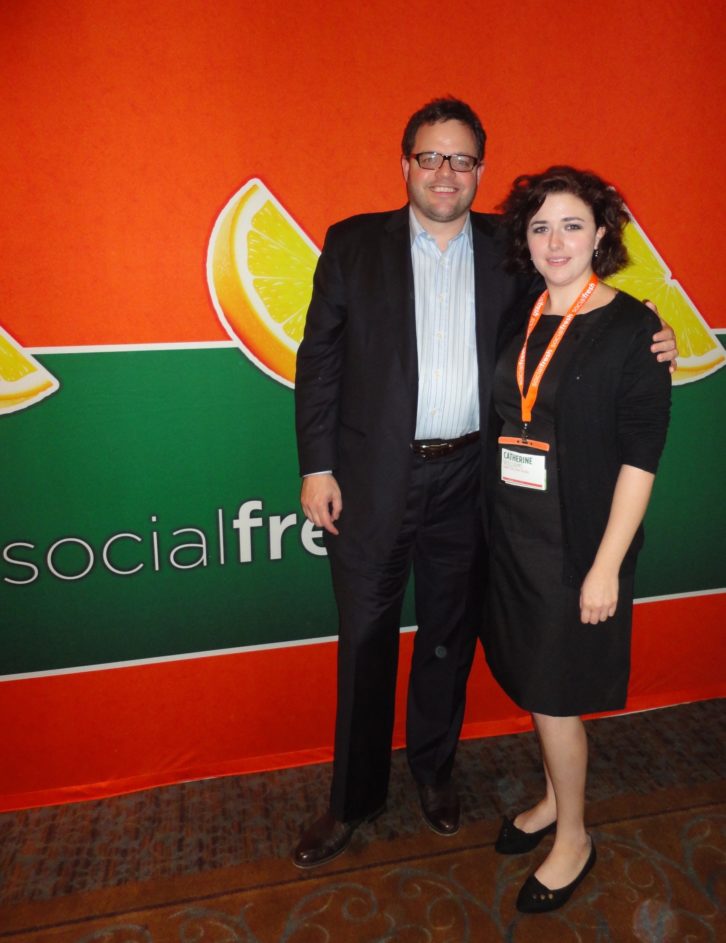Avatars and Marketing Personalization
When social media sites change their algorithms one of the reasons provided is making the user experience more “personalized.” Providing a unique and individualized experience has been at the cornerstone of recent marketing. To find an example of marketing personalization, you need look no further than your inbox. Emails with personalized subject lines had “29 percent higher unique open rates and 41 percent higher unique click rates” (source). Then there’s Siri and Cortana who function as everyone’s personal assistant.
 A popular mobile app Bitmoji has taken personalization even further. The app enables users to create an avatar of themselves. This cartoon-like image is customized every step of the way from choosing your face shape to eye color, body type to clothing options. Once created, the custom Bitmoji is integrated into the user’s phone as a keyboard add-on and can be sent through text in lieu of standard emoticons. Your Bitmoji character then enjoys a whole host of experiences and connected phrases. He or she can “LOL” for you or tell a friend “On My Way!” The user interaction is exciting because if one takes the time to create their own character, it almost eerily resembles the user.
A popular mobile app Bitmoji has taken personalization even further. The app enables users to create an avatar of themselves. This cartoon-like image is customized every step of the way from choosing your face shape to eye color, body type to clothing options. Once created, the custom Bitmoji is integrated into the user’s phone as a keyboard add-on and can be sent through text in lieu of standard emoticons. Your Bitmoji character then enjoys a whole host of experiences and connected phrases. He or she can “LOL” for you or tell a friend “On My Way!” The user interaction is exciting because if one takes the time to create their own character, it almost eerily resembles the user.
If this all wasn’t exciting enough, Snapchat recently integrated Bitmoji into it’s native app. Not just as stickers for photos (and that functionality does exist) but also for use in the chat. Here’s the fun part: if the person you are chatting with also attached their Bitmoji app to Snapchat and the chat window is open . . . the characters can interact with each other. They can high-five or dine together. Naturally, anything Snapchat seems to take off. This recent merger took down servers and took the app offline.
Snapchat’s CEO Evan Spiegel and supermodel Miranda Kerr integrated Bitmoji into their engagement announcement. As for marketers and brands . . . there’s already some Bitmoji integrations. From designer name clothing options to movie and TV tie-ins.
Personalization is Here to Stay
What Bitmoji and the Snapchat integration teaches marketers is that personalization isn’t just becoming the norm, it’s becoming one of the solutions to overcoming the ad avoidance and ad-block culture. Facts and statistics don’t lie, marketing personalization is here to stay.

